Regarding dental veneers, one common question is: Can you eat normally with them? The short answer is yes, you can eat with veneers, but there are some important considerations to remember to ensure their longevity and maintain their appearance.
Understanding Veneers
Dental veneers are thin shells of porcelain or composite resin bonded to the teeth’ front surface to improve their appearance. They can effectively cover imperfections such as discoloration, chips, and gaps, giving you a brighter, more uniform smile.
Types of Veneers
There are two main types of veneers: temporary and permanent. Temporary veneers are used as placeholders, while permanent veneers are fabricated in a dental lab. Permanent veneers are typically made of high-grade porcelain and are more durable than their temporary counterparts.
Eating with Temporary Veneers
Temporary veneers are more delicate and less resistant to staining or damage than permanent veneers. Therefore, taking extra precautions when eating with temporary veneers is essential. Avoid hard, crunchy, or sticky foods that could dislodge or damage the veneers. Instead, opt for soft foods that are less likely to cause problems.
Eating with Permanent Veneers
Once your permanent veneers are in place, you can generally eat a wider variety of foods with less concern. However, it’s still important to be mindful of your eating habits to avoid damaging the veneers. Avoid biting directly into complex objects like ice or nuts, and be cautious with foods and drinks that could stain the veneers, such as coffee or red wine.
Maintaining Your Veneers
Whether you have temporary or permanent veneers, proper maintenance is critical to ensuring their longevity. This includes practicing good oral hygiene, such as brushing and flossing regularly and avoiding habits that could damage the veneers, like using your teeth as tools or biting your nails.
Consulting Your Dentist
If you have concerns about eating with veneers or maintaining their appearance, it’s always best to consult your dentist. They can provide personalized advice based on your situation and help you develop a plan to keep your veneers looking their best for years.
In conclusion, yes, you can eat with veneers, but it’s essential to be mindful of what you eat and how you eat it to protect your investment and maintain your smile’s appearance. By following some simple guidelines and consulting with your dentist, you can enjoy all your favorite foods while preserving your veneers’ beauty.
References
Veneers. (2023). Mouthhealthy.org. https://www.mouthhealthy.org/all-topics-a-z/veneers/
Porcelain Veneers. (2020). Theaacd; Porcelain Veneers | Dental Veneers | Cosmetic Dentistry. https://yoursmilebecomesyou.com/procedures/cosmetic-dentistry/porcelain-veneers-usa
Was this helpful?

Joseph Emb, RDN
Founder of StyleVitally.com | Registered Dietitian & Wellness Advocate
What I Cover:
I’m passionate about connecting nutrition science and everyday wellness to help people live healthier, more vibrant lives. I write about evidence-based nutrition, mindful eating, sustainable lifestyles, and holistic well-being at StyleVitally.com.
My Background:
The University of Texas in Austin, where I earned my Dietetics diploma, laid the groundwork for my nutrition and health career. My training and hands-on experience taught me the science and art of using nutrition to enhance health and well-being.
Professional Journey:
I’m an RDN with lots of experience. I’ve helped people seeking tailored nutritional recommendations in clinical settings and community outreach programs. My constant learning and professional development ensure that my recommendations are always based on the latest evidence.
Ethical Commitment:
My practice prioritizes integrity. My content is transparent and objective, following the most significant ethical standards. I can give my audience unbiased advice because I’m not affiliated with food businesses or industry associations. I want to help people make informed health decisions that match their values and ambitions.
Join Me on the Wellness Journey:
Join me on the path to vitality and well-being, whether facing nutritional issues, seeking sustainable lifestyle changes, or simply wanting a better, happier you. We’ll discover how diet, mindfulness, and holistic well-being can maximize your potential.



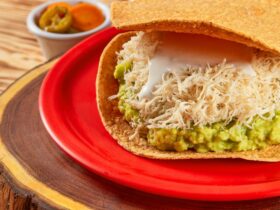
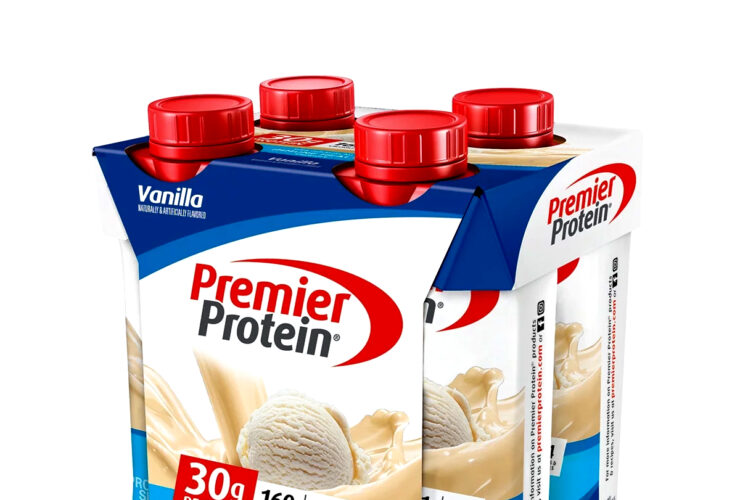

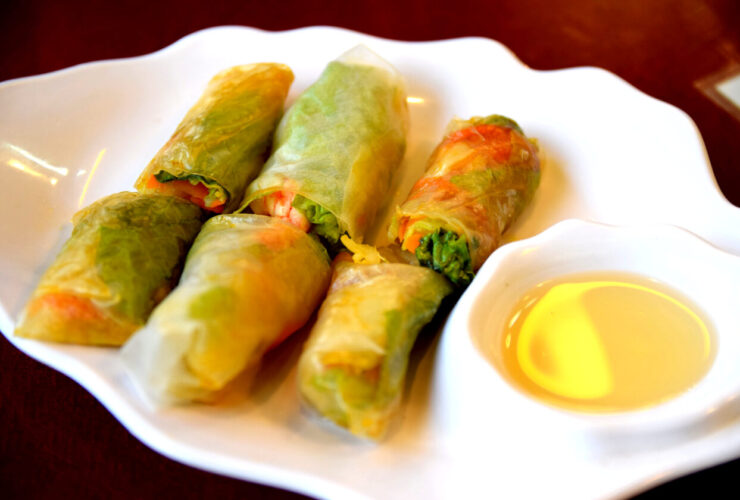
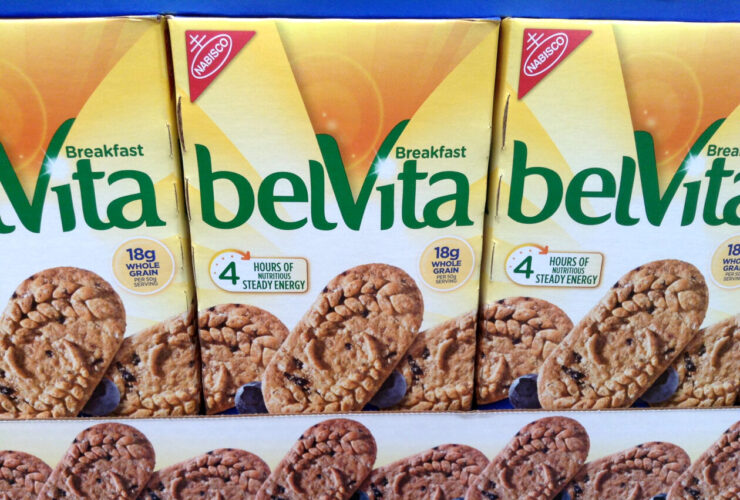
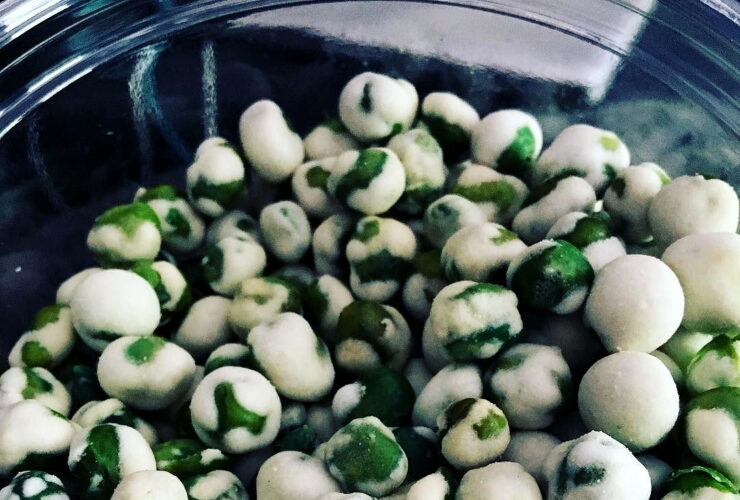
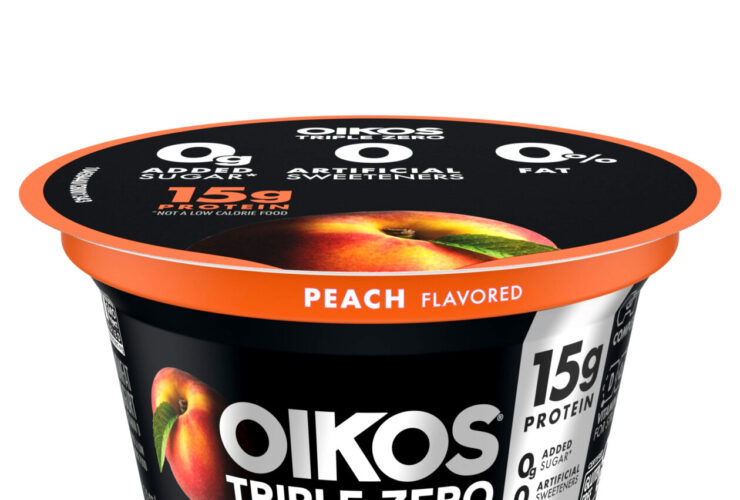
Leave a Reply
View Comments